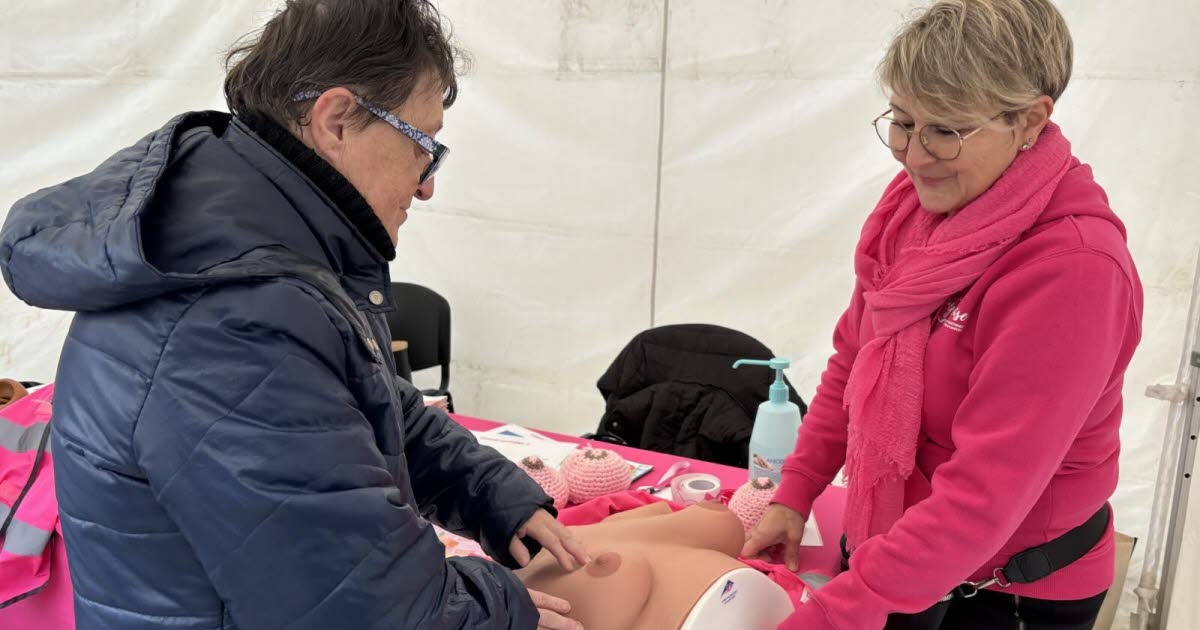Avian influenza: Fishermen of the Der asked to pack up their rods

Amid the avian flu pandemic, which is decimating the population of common cranes during their migration, the Marne prefecture has banned fishing on the Der lake from this Monday until November 20th inclusive. However, walks on forest paths remain permitted.
Put away your fishing rods! Since Monday morning, fishing has been prohibited on Lake Der and its surrounding areas due to the avian flu pandemic . The connection between fish and birds might not be immediately obvious. In reality, the authorities want to prevent anglers' movements from unintentionally spreading the virus to areas that have so far been spared.
The Marne prefecture, which is primarily responsible for the administrative and technical management of Lake Der, has issued a decree stating that "lake activities, fishing, and outdoor recreation outside of forest and rural paths are prohibited." The decree takes effect this Monday and is expected to remain in place until November 20th inclusive, "subject to a favorable health situation."

Among anglers this weekend, anger and incomprehension grew. Lacking a prefectural decree prohibiting fishing on the Haute-Marne side, the situation became unclear. "Does the virus stop at the Marne border?" asked Régis Da Costa, organizer of the recent Carna'Der fishing competition. "Are we allowed to fish on the Haute-Marne side? No one is explaining it to us." Furthermore, access to the Der is not closed to walkers or migratory bird observers. "So why us and not others? It's unfair," he argued, adding that, as a campsite manager, he had to deal with cancellations of fishing guide bookings.
“It’s difficult, if not impossible, to close the Der to visitors,” cautions Etienne Clément, president of the Champagne-Ardenne branch of the League for the Protection of Birds (LPO). “But we must adopt a precautionary approach and communicate to avoid overcrowding around the Der during this complicated period.” With the Montier Festival approaching, and depending on how the health situation evolves, the LPO president is also in favor of initiating discussions on the conditions for welcoming visitors to the dikes, particularly for observing the crane migration.
Yesterday morning, the Lac du Der Tourist Office put an end to questions regarding fishing. "By prefectural decree of the Marne, fishing is prohibited on Lac du Der and its surroundings. This health and safety measure aims to limit the spread of the highly pathogenic avian influenza virus, detected in wild birds," it stated on its social media .
Elie Ribout, the Haute-Marne president of the UFAPPMA Lac du Der (Union of Fishing Federations and Associations for the Protection of the Aquatic Environment), also launched a communication campaign along these lines. "The virus knows no borders. The precautionary principle and solidarity must prevail. All anglers are affected, in the Marne as in the Haute-Marne, especially since a chicken farm was impacted in Droyes , on our side of the border. We are suffering, but like everyone else. The guidelines must therefore be harmonized," he stated.
This pertinent remark by Régis Da Costa nevertheless leaves the debate open: "How is a fisherman in his boat more likely to carry the virus than a walker who has stepped in bird droppings on a path?"
Delphine Catalifaud
There were still 38,000 cranes yesterday morning on the shores of Lake Der. But what is the status of their migration? Has the peak of the avian influenza pandemic passed? Etienne Clément, president of the Champagne-Ardenne Bird Protection League, cannot answer these questions. "I have the impression that we are seeing slightly fewer birds in distress these last few days. But since the migration is not yet over, we cannot know how the situation will evolve. It all depends on whether the peak, in Germany, where it all started, has passed," he explains.
Nevertheless, he asserts that, even at this stage, "we are facing an unprecedented situation for our migration corridor." Avian flu has certainly affected other species in previous years, but less dramatically, because these populations were "smaller than cranes during their peak migration period. We are approaching 10,000 crane deaths in the wet Champagne region. Roughly speaking, across all the affected areas, we can estimate a mortality rate of approximately 10% to 15% of the population."
Le Journal de la Haute-Marne





